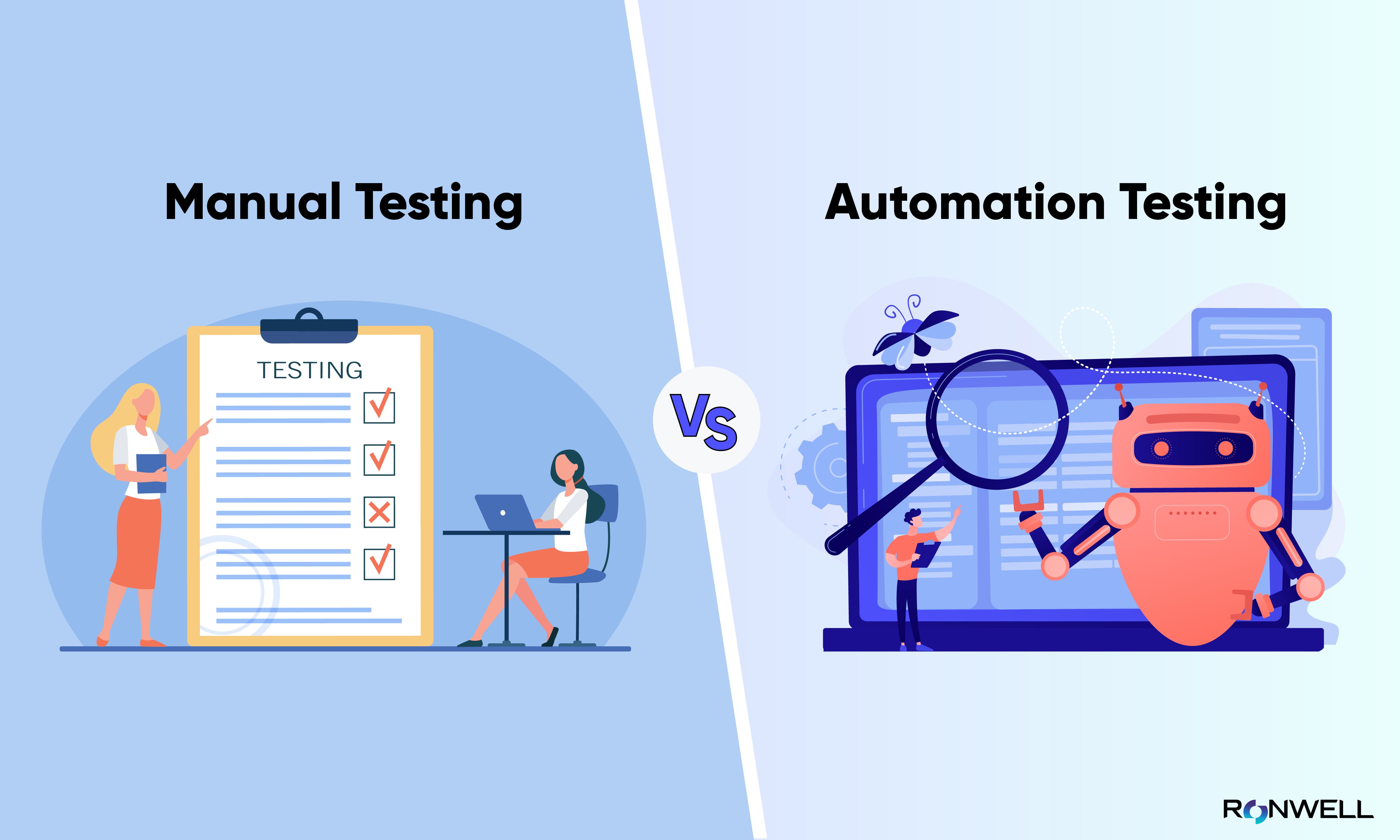Checking out the Future of Automation Testing in Software Application Advancement
Checking out the Future of Automation Testing in Software Application Advancement
Blog Article
From Handbook to Automated Screening: A Comprehensive Overview to Transitioning Efficiently and Properly
In the world of software application testing, the change from guidebook to automated procedures has actually come to be an increasingly essential change for companies seeking to enhance performance and precision in their testing practices. The journey from guidebook to automated screening is not without its difficulties, however when approached strategically and with a clear strategy in mind, the advantages can be substantial.
Advantages of Automated Evaluating
Automated testing offers countless benefits, enhancing performance and accuracy in software growth processes. One main advantage is the significant reduction in screening time. Automated examinations can be run all at once on multiple tools and operating systems, dramatically quickening the testing phase compared to manual testing. This boosted performance allows for faster comments on the high quality of the software program, enabling developers to determine and resolve issues quickly.
In addition, automated testing guarantees a higher level of precision in spotting issues. Consistency in testing is additionally boosted, as automated tests carry out the same steps precisely each time they are run.
Selecting the Right Devices

To start with, analyze your purposes and requirements. Understand the scope of your project, the innovations entailed, and the skill collection of your group. This analysis will certainly help you determine the features and abilities you call for in your testing devices.
Secondly, take into consideration the compatibility of the tools with your existing systems and processes. Seamless assimilation with your current software program growth lifecycle is crucial to guarantee a smooth shift to automation.
In addition, assess the scalability and adaptability of the devices. As your screening needs develop, the devices should be able to adapt and fit adjustments efficiently.
Last but not least, factor in the support and area around the tools. Robust support and an energetic user community can offer important resources and support when executing automated testing. By meticulously taking into consideration these facets, you can choose the right tools that straighten with your needs and established the stage for a successful change to automated screening.
Creating Reliable Test Manuscripts

When crafting test scripts, it is vital to take into consideration the certain needs of the software being examined and ensure that the scripts attend to all important performances. Detailed and clear calling conventions for test manuscripts and examination instances can boost readability and maintainability. Additionally, including error handling systems within the examination scripts can help in identifying and resolving concerns quickly.
Furthermore, organizing test manuscripts into modular components can improve reusability and scalability, decreasing redundancy and boosting effectiveness in test manuscript upkeep. Routine evaluations and updates to evaluate scripts are vital to equal progressing software program demands and performances. By complying with these concepts, testers can produce reliable and durable test manuscripts that contribute considerably to the success of automated testing processes.
Integrating Automation Into Workflows
By seamlessly integrating automated screening tools like Selenium or Appium into the software program growth lifecycle, teams can achieve faster responses on code changes, leading to quicker insect detection and resolution. This assimilation enables for continual screening throughout the advancement procedure, making certain that any problems are determined early on, resulting in higher software top quality. Proper combination of automation devices requires partnership in between growth, testing, and operations teams to establish a unified process that maximizes efficiency and efficiency in delivering top quality software products.
Guaranteeing a Smooth Shift
Successfully transitioning to automated testing entails careful preparation click for info and mindful implementation to decrease disturbances and maximize effectiveness in the software program advancement process - automation testing. To ensure a smooth change, it is important to start by conducting a detailed assessment of the present screening processes and recognizing locations where automation can bring the most considerable advantages. Engaging with all stakeholders at an early stage at the same time, including designers, testers, and job managers, is crucial for garnering support and buy-in for the automation campaign
Interaction is vital throughout this transition stage. Clear communication of the objectives, advantages, and expectations of automated testing assists to handle any type of resistance or issues that may arise. Additionally, click site offering sufficient training and resources for staff member to upskill in automation devices and methods is important for making sure a successful shift.

Verdict
To conclude, transitioning from guidebook to automated screening provides many benefits, consisting of boosted effectiveness and integrity. By choosing the proper devices, composing efficient test manuscripts, and incorporating automation perfectly into workflows, companies can guarantee a successful and smooth change. It is important to embrace automation as a valuable asset in software application testing processes to boost general quality and performance.
In the world of software application screening, the shift from handbook to automated procedures has come to be an increasingly vital shift for organizations looking for to boost efficiency and precision in their testing techniques. Automated tests can be run all at once on several gadgets and operating systems, substantially speeding up the screening stage compared to manual screening. Uniformity in screening is additionally enhanced, as automated tests implement the exact same actions specifically each time they are run.To ensure the effective application of chosen testing tools, the development of reliable test manuscripts plays an important role in verifying the performance and efficiency of automated procedures - automation testing. By following these concepts, testers can produce robust and reliable examination manuscripts that contribute considerably to the success of automated screening processes
Report this page